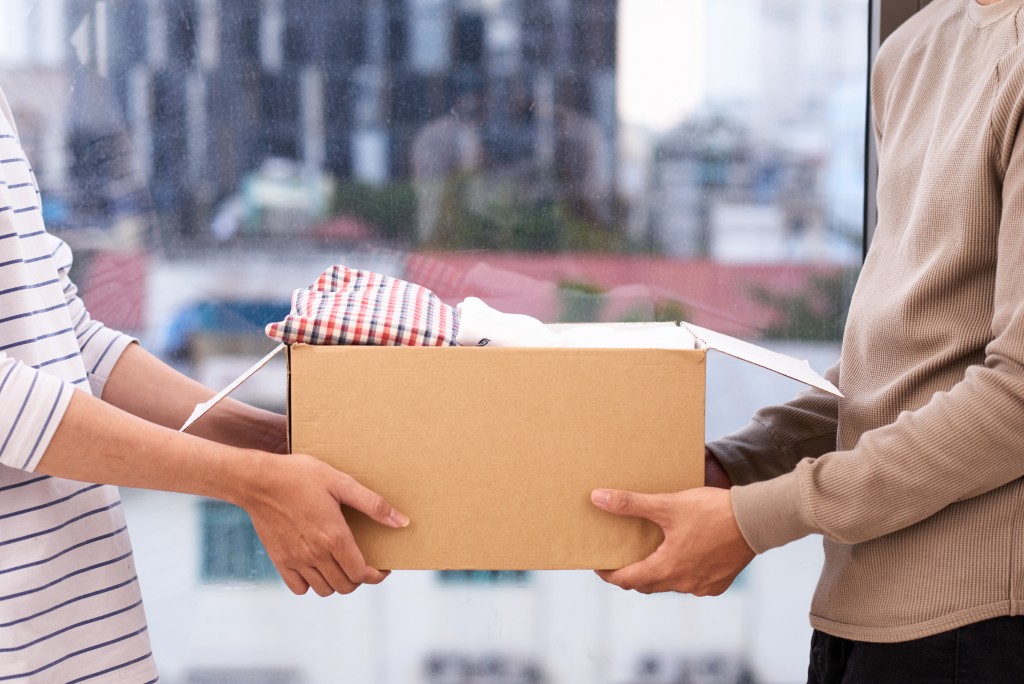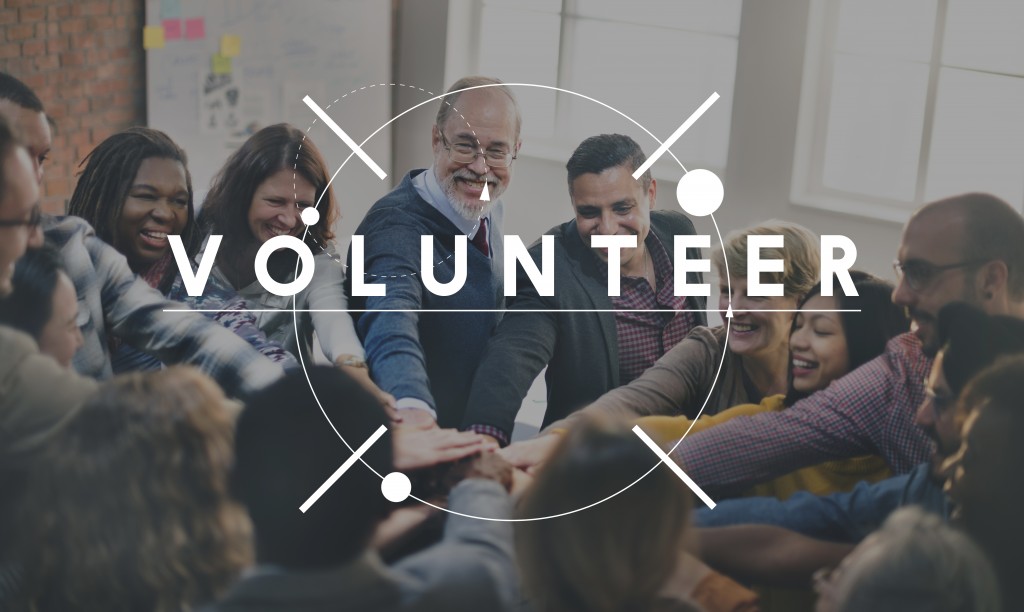Like in any crisis, those who find themselves most affected during the time of COVID-19 are the ones who were already disadvantaged in some form: members of the lower-income community, the homeless, those in the margins of society, those who were already suffering from chronic illness, and the members of the disabled community. Now more than ever, those in a position of privilege need to find ways to reach out and help.
While we might not solve every problem in the world and that true, lasting change needs to start from the top, if we have been given resources that the underserved don’t, we have a certain level of responsibility to find ways to help those in our community. Here are some concrete and practical ways to lend a helping hand to the members of the disabled community.
Start a small non-profit
You could start a non-profit that’s already based on your line of work, for example:
- If you work in the legal sector, you could start an organization based on helping members of the disabled community find justice or legal recourse if they were wronged in any way. For example, you can help connect a spinal cord injury attorney to someone who has been the victim of a hit-and-run or other kinds of accidents.
- Those who work in finance or own successful businesses can start fundraising activities to raise money for other non-profit organizations or groups focused on helping the disabled. Many non-profits have reported losing sources of funding due to COVID-19, and the members of the business sector can help lift their burdens in significant ways.
- People who have a penchant for cooking or catering can create meals for the disabled who live in lower-income neighborhoods.
- If you’re a teacher, consider raising money to provide laptops, tablets, or other gadgets for underserved students whose families may not have the resources to buy them quality gadgets that they can use for remote classes.
Many people whose sources of living have not been affected and are willing to give back to those in need. Don’t hesitate to partner with people you know who share your passion and mission and develop a strategy to invite people to join you in your cause.
Do some safe volunteer work

This might not be the safest option right now, given the pandemic, but there are safer ways you can help members of the disabled community. Be My Eyes is an app that connects blind or visually-impaired users with sighted volunteers worldwide to literally be their eyes. Through video calls, these volunteers help the visually-impaired users cross the street, check expiration dates, choose groceries, check documents, and other important tasks that they will need assistance with. It’s a great way to volunteer your time without endangering others’ health because it requires no physical interaction.
Another safe way to volunteer is by finding disabled, elderly, or high-risk neighbors in your community and offer your assistance in doing their groceries. You can ask them to leave their list by the door, and you can also leave the groceries on their porch without having to talk face-to-face. It’s a great way to lessen their exposure to crowds while providing them with their everyday necessities.
The Bottom Line
We don’t need to be a member of the 2% or be a world leader to find concrete and practical ways to help the disabled community. We only need to look around us and find immediate needs in our community and look for ways to lend a helping hand.



